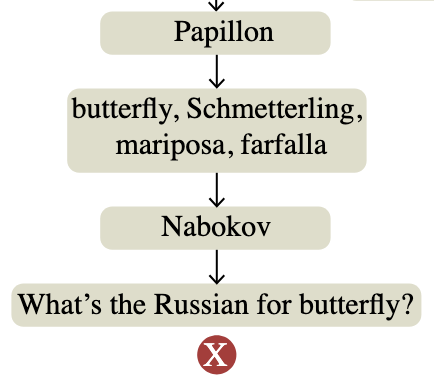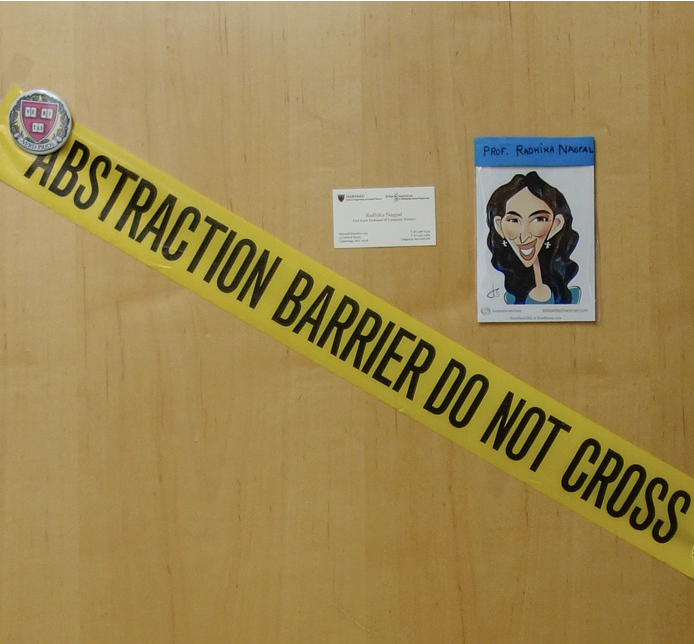Conspiracy Theories
by Brian Hayes
Published 10 August 2006
The new issue (September-October) of American Scientist is available on the Web, and subscribers to the ink-and-paper edition should receive copies soon. My “Computing Science” column is more topical than I would like, given today’s headlines. I examine some ideas from graph theory and social-networking studies that intelligence agencies may (or may not—who knows?) be using to detect terrorist conspiracies.
Publication history
First publication: 10 August 2006
Converted to Eleventy framework: 22 April 2025



